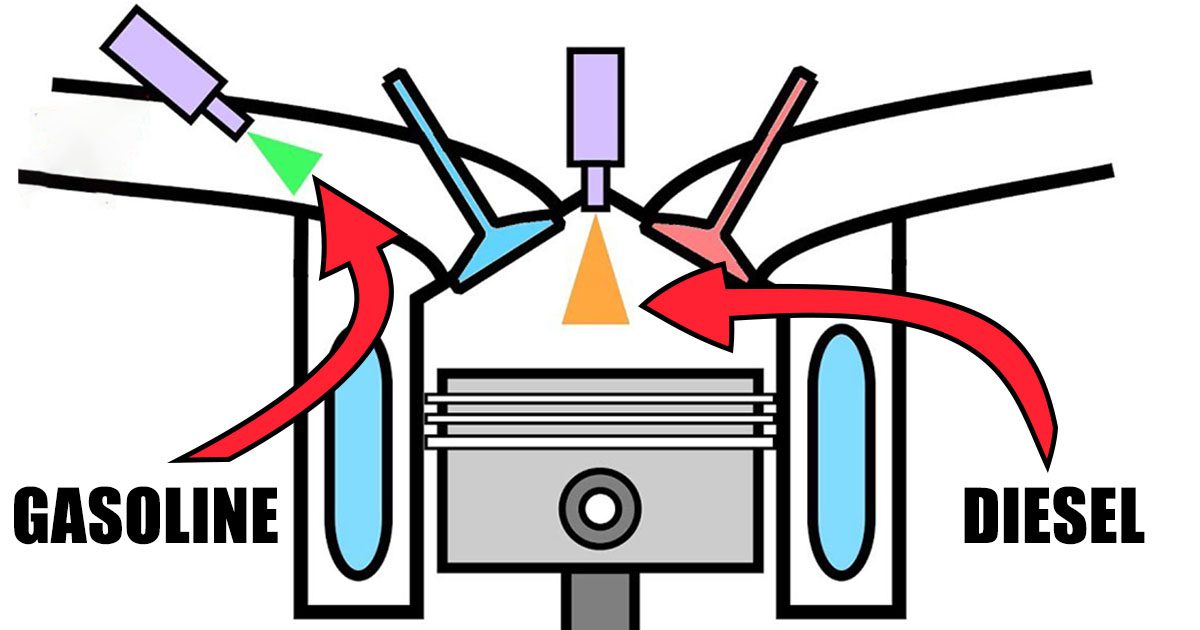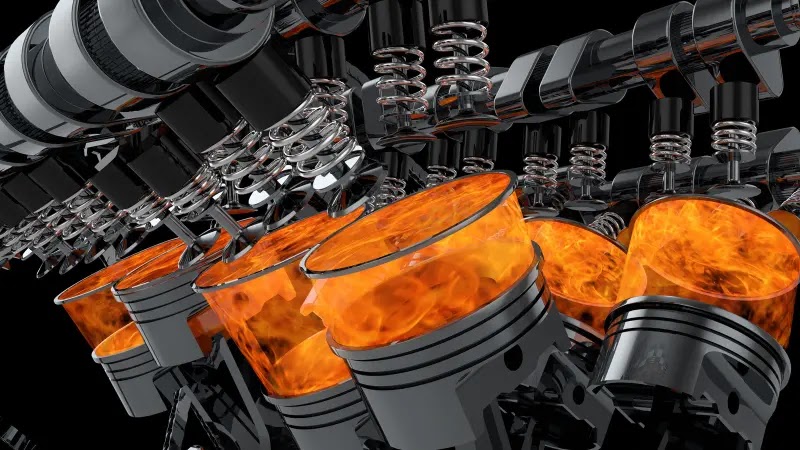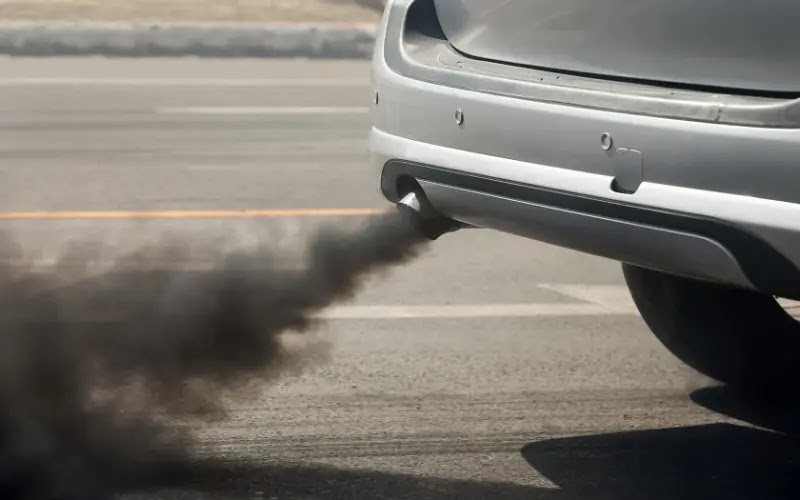
We’ve always talked about comparisons between diesel and gasoline engines. And why is this engine better at this point and how the other engine excels at another point. However, we haven’t heard before about an engine that tries to use both fuels to gain the most of them.
We know that diesel is more efficient and provides more torque; however, gasoline is more powerful and provides more speed and horsepower. So why not combine the two?!
This is the Super-Efficient RCCI Engine that uses both Gasoline and Diesel!
How does this engine work? What benefits does it gain from each fuel? Does it have any drawbacks? And what is RCCI?

RCCI Engine Development
Mazda and Infiniti have shown that the internal combustion engine has a lot of room for improvement. In terms of internal combustion, the theory known as Reactivity Controlled Compression Ignition (RCCI) is one of the most unusual ones we’ve encountered. Why? An exceptional degree of efficiency is achieved through the usage of both gas and diesel.
According to Jason Fenske, the engineer behind Engineering Explained, this engine is currently just being tested on a test bench. Its thermal efficiency has been measured at 60% in laboratory tests by the University of Wisconsin-Madison.
That means that this engine is turning 60% of its fuel into power rather than waste energy, which is a considerably greater percentage than any other car engine currently on the market today. As a comparison, Toyota’s new 2.0-liter four-cylinder engine is 40% efficient, while Mercedes-F1 AMG’s engine is 50% efficient.
How does this engine work?

Mixing low-reactivity gas with high-reactivity diesel is done by using two fuel injectors per cylinder. RCCI can theoretically occur with any combination of low and high-reactivity fuels, but gas and diesel may be the most exciting.
It’s amazing to see the combustion process in action:
- During the intake stroke, the combustion chamber is filled with a combination of gas and air, where gasoline is injected using a port injector.
- Then, the first diesel dose is directly injected into the combustion chamber.
- When the piston reaches the top dead center, a little more diesel is injected for ignition, mixing the gas and diesel together.
Polluting gases

This engine uses less gasoline and produces less pollution than a traditional diesel engine, making it a more environmentally friendly option. It seems like the ideal internal combustion engine, so you might question why it hasn’t been installed in your vehicle yet?
There is still a long way to go before the engine is ready to go into production, so it won’t be for quite some time.
Drawbacks
One of the main disadvantages for the user of such an engine is that the car must be equipped with two independent fueling systems. You will have to fill the car with two fuels at the gas station!
This might be frustrating if you are in a hurry, and it will make your refilling process more complicated.
More details of this engine and its efficiency at different loads and RPMs are provided in the following video:
No comments:
Post a Comment